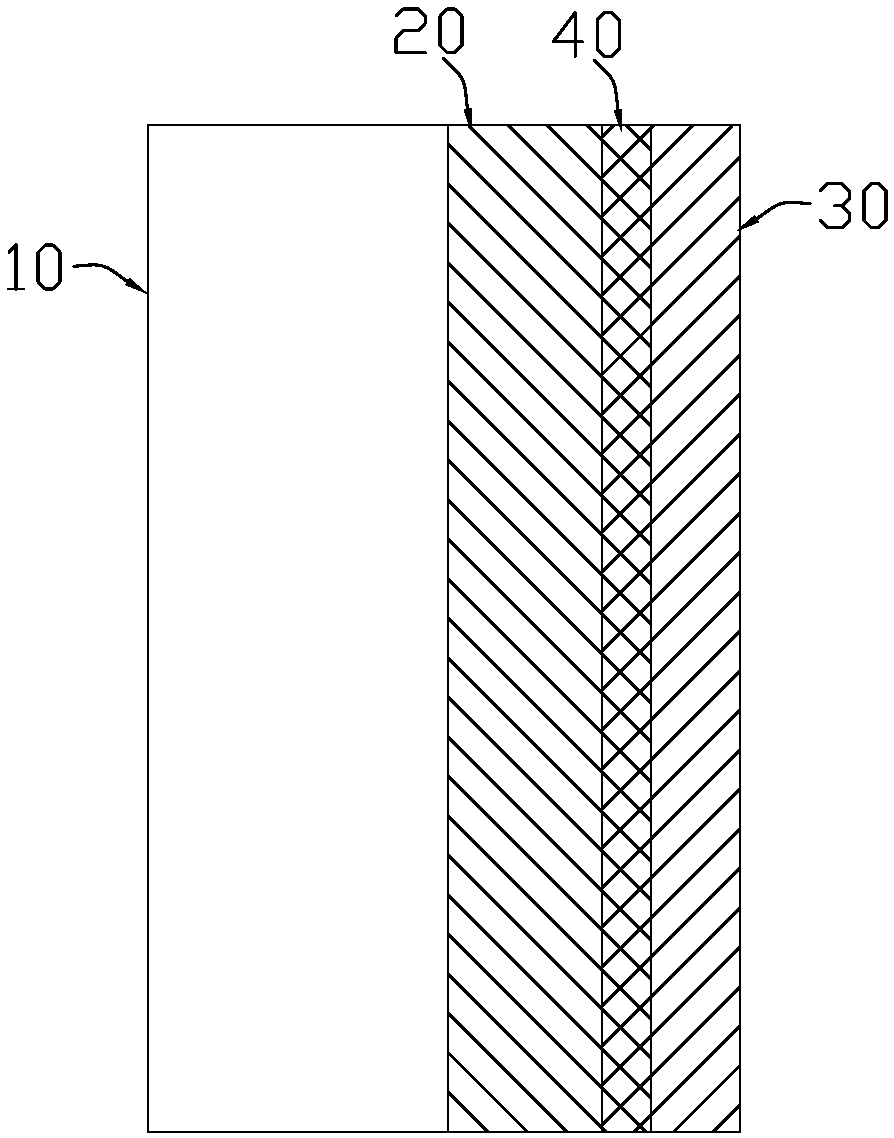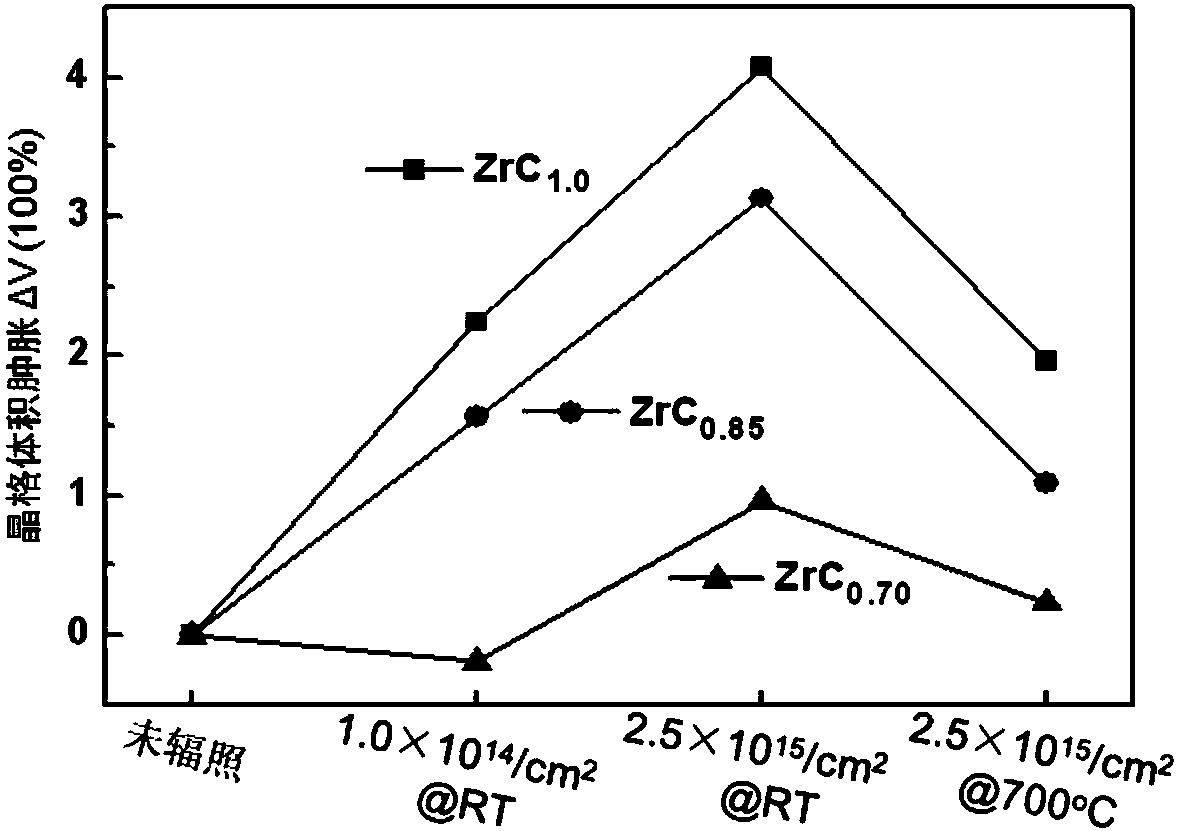Fuel cladding and fuel component
A fuel cladding and coating technology, which is applied in the field of nuclear reactors, can solve the problem of not comprehensively considering the heat exchange efficiency of accident conditions, the compatibility of the coating and the zirconium alloy matrix with the anti-radiation performance, the failure of surface modification, and the failure to consider high temperature. Steam oxidation performance and other issues, to improve the anti-accident ability and safety threshold, overcome the effect of interface stress
- Summary
- Abstract
- Description
- Claims
- Application Information
AI Technical Summary
Problems solved by technology
Method used
Image
Examples
Embodiment 1
[0039] By physical vapor deposition, ZrC with a thickness of 0.5 μm is first deposited on the surface of the zirconium alloy substrate. 0.7 middle layer, the ZrC 0.7 On the basis of the intermediate layer, a SiC environmental shielding layer is deposited, and the thickness of the SiC environmental shielding layer is 2 μm. ZrC 0.7 The density of the intermediate layer and the SiC environment shielding layer is more than 99%, the porosity is less than 1%, and the bonding strength between the coating and the zirconium alloy substrate is more than 70MPa. ZrC 0.7 The high-resolution transmission electron microscope photograph of the grain boundary of the / SiC gradient multiphase coating is as follows figure 2 shown.
[0040] In terms of high temperature oxidation resistance, after 1 hour of high temperature steam oxidation at 1200 ° C, the oxidation weight gain of the zirconium alloy substrate with the gradient multiphase coating is only 0.2 mg / cm 2 , while the oxidation weig...
Embodiment 2
[0043] By physical vapor deposition, first deposit TiN with a thickness of 1 μm on the surface of the zirconium alloy substrate 0.7 middle layer, in TiN 0.7 On the basis of the middle layer, Cr 2 Ambient barrier deposition of AlN, Cr 2 The thickness of the AlN environmental shielding layer is 1 μm. TiN 0.7 Intermediate layer and Cr 2 The density of the AlN environment shielding layer is more than 99%, the porosity is less than 1%, and the bonding strength between the coating and the zirconium alloy substrate is more than 60MPa. TiN 0.7 / Cr 2 The cross-sectional scanning electron micrographs of AlN gradient composite coating are as follows: Figure 4 shown.
[0044] In terms of high temperature oxidation resistance, after 1 hour of high temperature steam oxidation at 1200 ° C, the oxidation weight gain of the zirconium alloy substrate with the gradient multiphase coating is only 0.6 mg / cm 2 , while the oxidation weight gain of zirconium alloy cladding without coating u...
PUM
| Property | Measurement | Unit |
|---|---|---|
| thickness | aaaaa | aaaaa |
| thickness | aaaaa | aaaaa |
| thickness | aaaaa | aaaaa |
Abstract
Description
Claims
Application Information
 Login to View More
Login to View More - R&D
- Intellectual Property
- Life Sciences
- Materials
- Tech Scout
- Unparalleled Data Quality
- Higher Quality Content
- 60% Fewer Hallucinations
Browse by: Latest US Patents, China's latest patents, Technical Efficacy Thesaurus, Application Domain, Technology Topic, Popular Technical Reports.
© 2025 PatSnap. All rights reserved.Legal|Privacy policy|Modern Slavery Act Transparency Statement|Sitemap|About US| Contact US: help@patsnap.com



